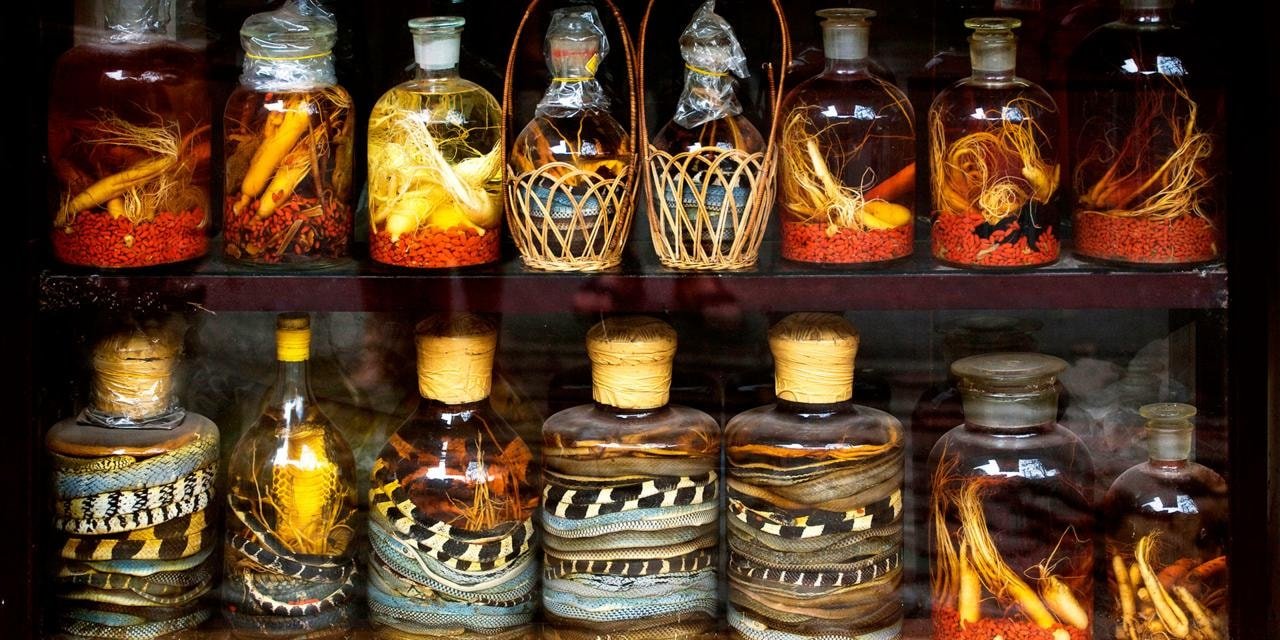Contents
ToggleVietnam Snake Wine: A Cultural Experience Beyond Courage
Snake wine — often nicknamed “snake whiskey” in the East — is one of Vietnam’s most intriguing and daring beverages. This unusual liquor is made by steeping a whole venomous snake, sometimes accompanied by herbs or other exotic animals, in strong rice wine. Locals believe it can boost vitality, improve circulation, ease joint pain, and strengthen the body, making it both a drink and a form of traditional medicine.
But snake wine is more than just an ancient remedy — it’s a cultural symbol. Rooted in centuries-old folk practices, it reflects Vietnam’s resourcefulness, respect for nature, and belief in the balance between body and spirit.
For many foreign visitors, tasting snake wine in Vietnam is an unforgettable rite of passage. It’s not just about the drink itself — with its unmistakable aroma and bold taste — but about embracing a tradition that challenges the senses, sparks conversation, and connects you to the country’s rich cultural tapestry.
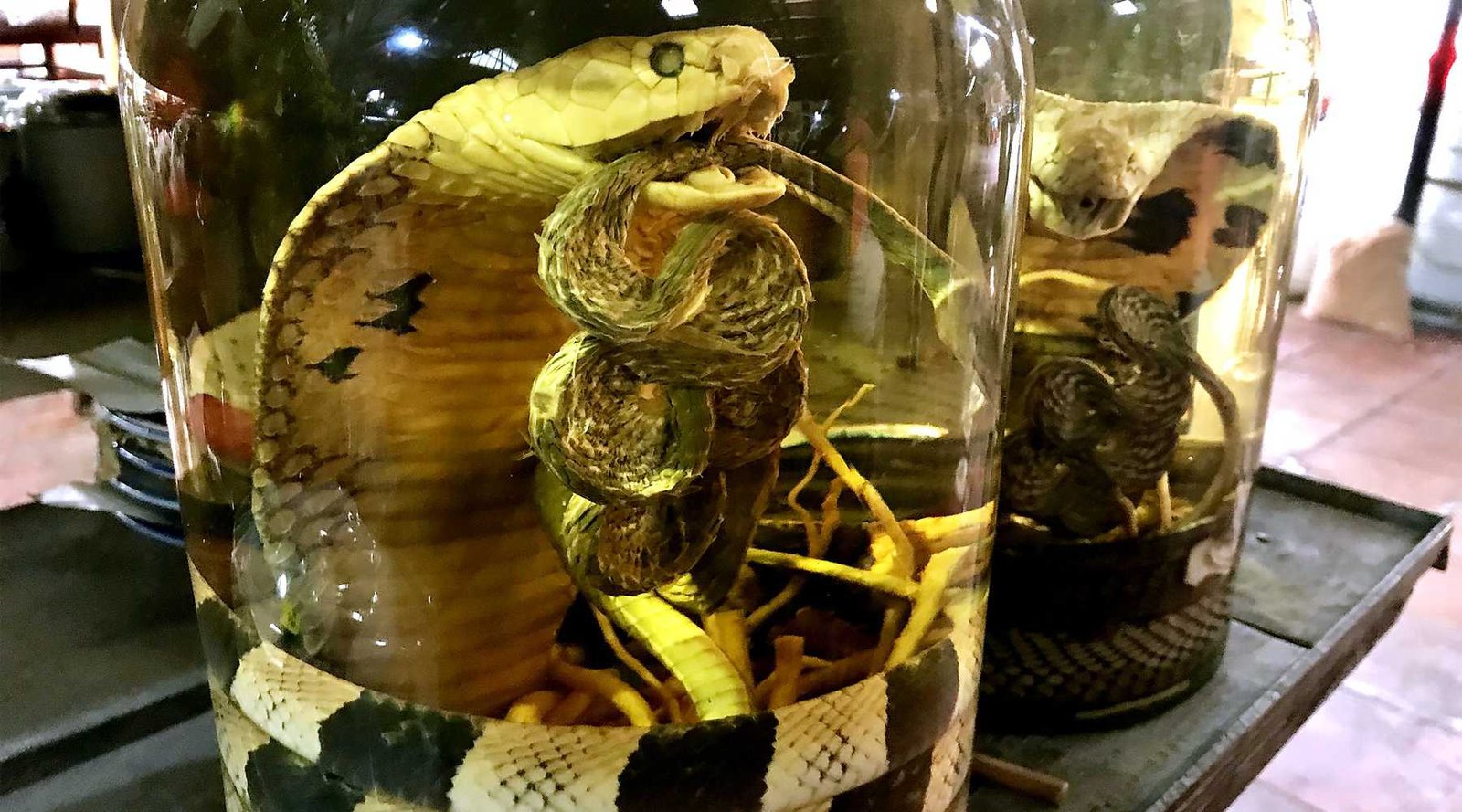
What Is Snake Wine?
Snake wine is a traditional alcoholic beverage popular in Vietnam as well as in parts of China, Laos, Cambodia, and Thailand. It is made by infusing whole snakes — or specific parts of them — into strong rice liquor, sometimes with added herbs or spices.
The practice has ancient roots, tracing back to the Zhou Dynasty (1046–771 BC) in China, and is deeply tied to Eastern medicine. In this tradition, snake wine is believed to restore balance, strengthen vitality, and enhance circulation.
In Vietnamese folk belief, different types of snakes are thought to nourish different parts of the body:
- Mountain snakes – linked to the upper body, including the lungs and shoulders.
- Cobras – associated with the body’s core, especially energy and stamina.
- Cave-dwelling snakes – connected to digestion and internal organs.
By combining these symbolic associations with the medicinal qualities of rice wine, snake wine has become both a health tonic and a cultural emblem.
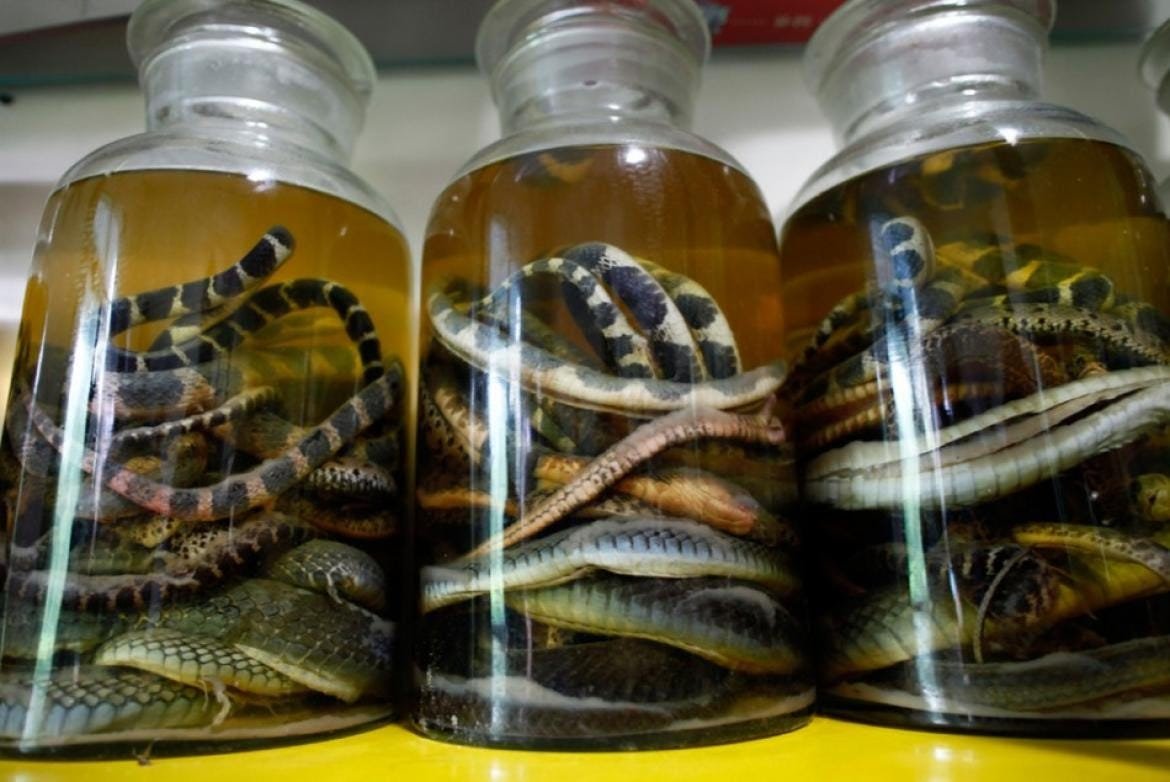
How Is Snake Wine Made?
Snake wine can be prepared in several ways, each offering a different intensity of flavor and symbolism. The four most common methods are:
- Fermenting a Live Snake
A live snake is placed into a jar of strong grain or rice liquor (over 50% ABV), often with medicinal herbs such as star anise, ginseng, or goji berries. The jar is sealed and stored in a cool place. The wine is drinkable after about 2 months but reaches its richest flavor after 6 months or more.
- Soaking Fresh Snake Meat
Freshly cleaned snake meat is disinfected with liquor before being submerged in rice wine. This method produces a lighter flavor and is typically ready to drink after 3 months.
- Soaking Dried Snake
A dried, scaled snake is steeped in high-proof liquor for 3–6 months, creating a smoother and more subtle infusion compared to fresh meat.
- Mixing Fresh Snake Blood with Alcohol
The boldest and most daring preparation — fresh snake blood and bile are collected, then immediately mixed with strong alcohol and consumed on the spot. This is believed to deliver an instant surge of vitality.
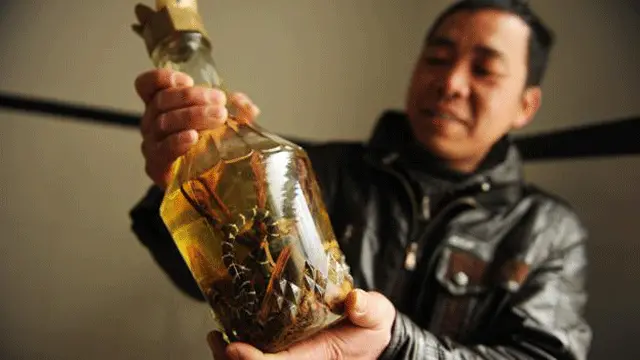
Taste Profile of Vietnam Snake Wine
Tasting snake wine is more than just drinking—it’s a bold sensory adventure:
- Herbal undertones from medicinal plants like ginseng, star anise, or goji berries.
- Fiery heat from the high-proof rice liquor that warms the chest almost instantly.
- Wild, gamey depth from the essence of the snake itself.
The first sip often feels surprisingly smooth, but the finish can be slightly bitter or astringent. Moments later, many drinkers describe a spreading warmth and a subtle rush of energy—part physical, part psychological.
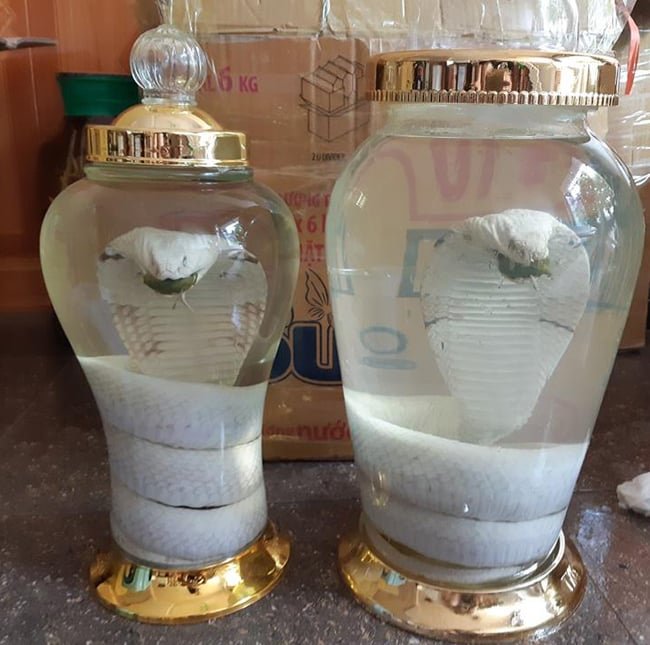
Benefits and Common Misconceptions
In Vietnamese and other Eastern healing traditions, snake wine is valued as more than just an exotic drink—it’s considered a natural remedy. Traditionally, it is believed to:
- Ease rheumatism, neuralgia, and fatigue, helping the body recover from physical strain.
- Boost blood circulation, which is thought to improve overall vitality and warmth.
- Relieve muscle and joint pain, especially in cold or damp weather.
However, snake wine also comes with its share of myths. One of the most persistent is its reputation as a powerful male performance enhancer, supposedly due to its association with “yang” energy. In reality, snakes are considered yin creatures in Eastern medicine, representing coolness and introspection. Drinking too much can actually upset the body’s yin–yang balance, leading to unwanted side effects rather than benefits.

Health Risks of Snake Wine
While snake wine is an intriguing cultural experience, it’s not suitable for everyone. You should avoid drinking snake wine if you have:
- Kidney problems – The alcohol and certain compounds from the snake may put extra strain on the kidneys.
- High blood pressure – Strong rice liquor can elevate blood pressure and cause complications.
- Heart or liver disease – The high alcohol content can aggravate these conditions.
In addition, improper preparation—such as using contaminated liquor, unclean snakes, or incorrect preservation—can pose serious health risks, including foodborne illness or alcohol poisoning.
From an environmental perspective, excessive hunting of snakes for wine production also threatens local biodiversity, potentially disrupting ecosystems. For this reason, some eco-conscious travelers choose to skip snake wine altogether or seek establishments that source snakes sustainably.

Where to Try Snake Wine in Vietnam
Snake wine can be found in traditional liquor shops, local markets, and tourist-focused souvenir stalls across Vietnam. However, quality and safety vary widely, so it’s best to buy or taste it from reputable sources.
One of the most trusted spots is the Đồng Tâm Snake Farm in Tiền Giang Province, about 10 km from Mỹ Tho City in the Mekong Delta. This government-run research and education center houses both venomous and non-venomous snakes, providing insight into their biology, medicinal uses, and conservation efforts. Here, snake wine is professionally prepared under hygienic conditions, making it a safer choice for curious travelers.
- Entry fee: 20,000–30,000 VND
- Opening hours: Daily from 7:00 AM to 5:00 PM
If you’re visiting rural markets or smaller villages, you may also encounter homemade snake wine sold in reused glass bottles. While authentic, these versions can be risky due to unknown preparation methods. When in doubt, it’s better to taste rather than buy, and always start with a small amount.

Beyond Snake Wine
In Vietnam — and across parts of Asia — exotic liquors infused with reptiles, scorpions, geckos, or other creatures are more than just drinks. They are seen as symbols of endurance, vitality, and social prestige.
Often, these bottles serve a dual purpose: the liquor is consumed for its supposed medicinal benefits, while the striking display of a coiled snake or preserved scorpion inside the glass becomes a conversation piece and a sign of the host’s generosity. In many homes and restaurants, such bottles are kept prominently on shelves, admired for their visual intrigue as much as for their taste.
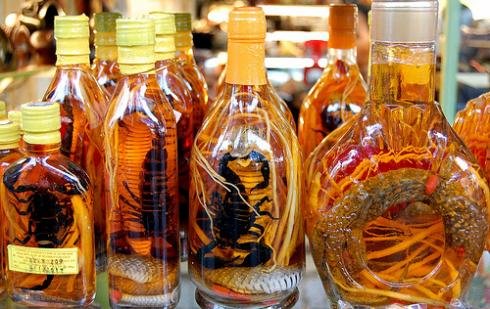
Final Thoughts
Vietnam snake wine is more than an exotic drink—it’s a cultural tradition that has survived for centuries. While it offers a fascinating taste of history, it should be approached with caution and respect for both health and the environment. Whether you dare to try it or simply observe, it’s an unforgettable insight into Vietnam’s diverse heritage.












